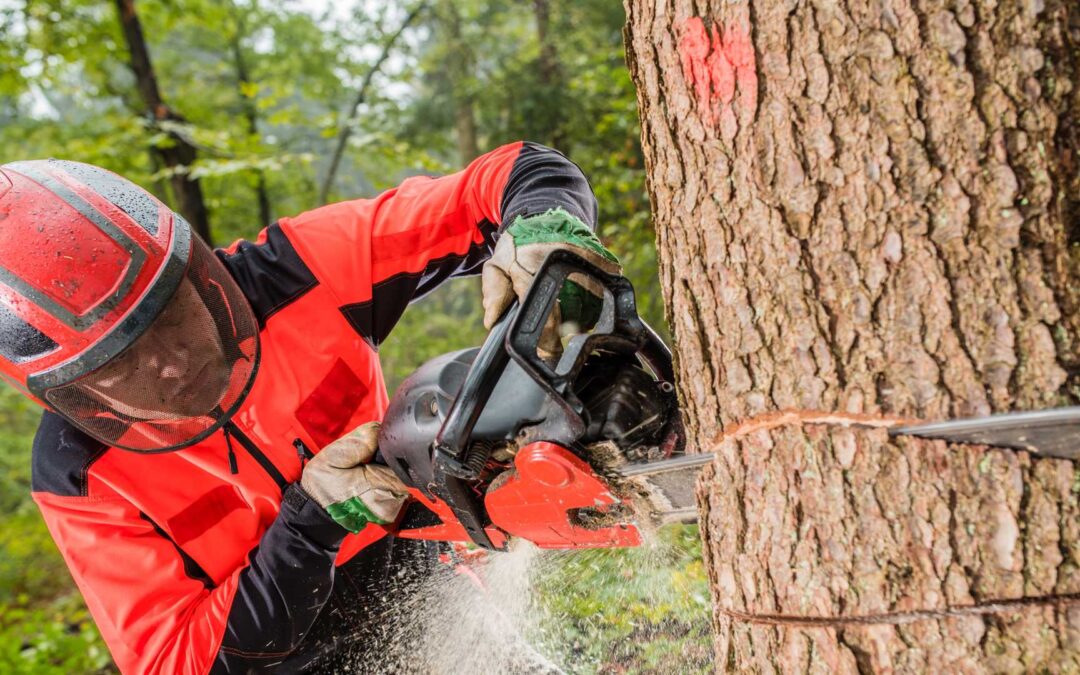Tree maintenance and care are essential parts of a healthy landscape. The health and appearance of your trees depend upon proper pruning, fertilizing, and other care techniques. Regularly scheduled tree service can help maintain your trees’ health, prolong their life expectancy and prevent costly repairs or removal due to disease or damage. Depending on the type of tree, its environment, and its location, the frequency of professional tree service will vary significantly. Most experts recommend that mature trees be serviced every two to three years. During the service, an arborist should inspect the tree for signs of disease or pests, prune branches to improve shape and structure, remove deadwood, and provide fertilization if needed. Older trees may benefit from more frequent services as they are more prone to decay or breakdown due to age-related issues such as hollowing or weak limb attachment points. Younger trees need less regular servicing but still require essential maintenance like structural pruning for proper growth, habit development, and preventing dangerous limbs or weak attachments from forming.
Younger trees also have different needs than established ones regarding fertilizing; rather than providing a general-purpose fertilizer, it is recommended that only young trees be fed with specifically designed slow-release nutrient blends tailored for them. These nutrients offer steady nutrition over a more extended period without risking overfeeding or excessive nitrogen runoff into groundwater sources which can deplete oxygen levels in aquatic habitats. Keeping your soil healthy by amending it with organic matter can also reduce the frequency you need to fertilize; adding compost helps build better soil structure while enhancing beneficial microbial activity, which naturally supplies plant roots with the nutrients they need to thrive.
Larger landscape trees may require additional servicing beyond what is done every two to three years by an arborist; specialized treatments may include deep root feeding treatments, which deliver specialty mixes directly into the root zone, helping promote more substantial root growth and deeper water absorption abilities; cavities can also be filled with a special compound that arrests decay while strengthening existing branches saving them from potential failure; cabling systems can be installed between major branches stabilizing them against strong winds or heavy loads when necessary; these methods often require annual inspections to ensure their effectiveness over time as conditions change within the tree’s environment.
Tree service maintenance is essential for keeping your landscape healthy and safe for years to come; proper evaluation before each scheduled service ensures that any corrective measures required are being performed according to best practices, thus minimizing future problems before they become costly repairs later down the line. Scheduling regular services every two-three years, depending on the type of tree, should provide adequate coverage; however, if you ever notice any concerning signs such as discoloration leaves or wilting branches, contact a qualified arborist right away as these could be symptoms of underlying issues that need immediate attention in order avoid more significant damage down the road.

